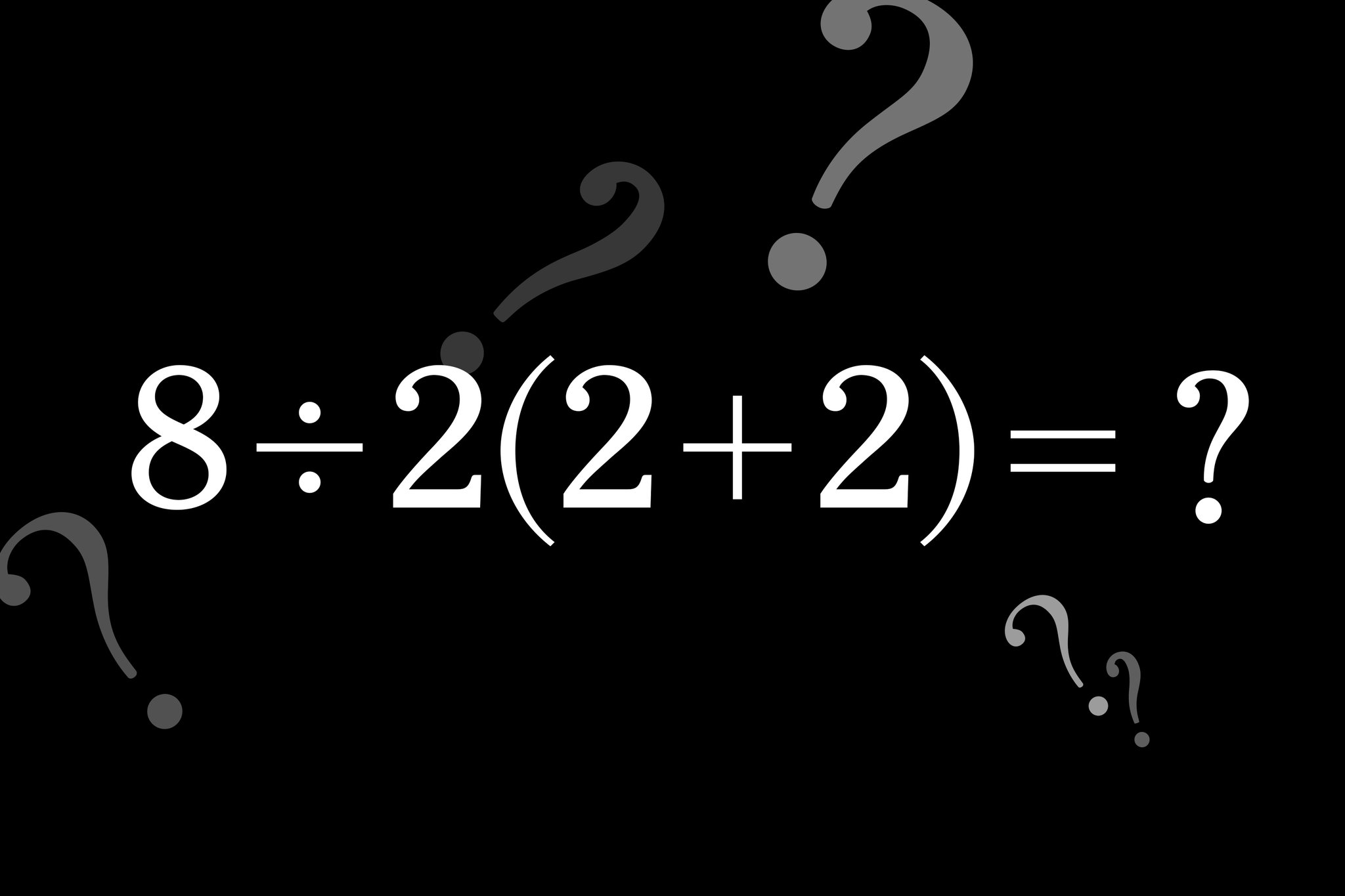Differential equations have a striking ability to predict the world around us. There is a wide range of fields where differential equations are used such as in Physics, Chemistry, Biology, Engineering and Economics. With the use of these equations, we can explain exponential growth and decay for a period of time, of any given data.
A differential equation is expressed in the form of dy/dx or f'(x), which states that variable x is differentiated with respect to another variable y. Here x is an independent variable and y is a dependent variable.
There are a variety of differential equations which have their own importance. The types of differential equations are also defined based on certain conditions. For example, based on linearity there are two: Linear Differential Equations (where the variables and their derivatives are linear) and Nonlinear Differential Equations (where the variables and their derivatives are non-linear).
Some differential equations are based on the order of derivatives. Like y’’’ + 3y’’ + 2y = 9, is an equation whose order is 3. Let us see some of the applications of these equations.
Newton’s Law of Cooling is one of the major applications of differential equations. For example, if we keep hot water at room temperature, then the water starts cooling down till its temperature becomes equivalent to room temperature. This rate of decrease in temperature of the water is directly proportional to the difference between its temperature and surrounding temperature. Therefore, we can note down the difference between the two temperatures when the cooling process starts. It shows the significance of the rate of heat decrease, which also shows that as time passes, the water temperature gets lower.
Radiocarbon dating is also a major application of differential equations. Anthropologists and archaeologists practise it to find the age of fossils. Non-radioactive carbon‐12 is the mass amount of carbon present on earth. Although, cosmic rays allow the composition of carbon‐14, a radioactive isotope of carbon, which grows combined into living plants by the absorption of radioactive carbon dioxide. When an animal or plant decays, it ends its consumption of carbon‐14, and the mass of carbon available at the time of death begins to decrease. Because the half-life of Carbon-14 is estimated to be 5730 years, by determining the concentration of Carbon-14, the age of the fossil can be estimated.
There are other applications of the differential equation which we can see such as skydiving. When a skydiver jumps from the plane, there are two forces which act on him. He is pulled by earth gravity and also the opposite energy of air resistance. The two forces determine his motion in the air. Hence, the two forces can be represented in the equation to determine the speed of the diver.
Another major two types of the differential equation are Partial Differential Equation and Ordinary differential equations. Both equations are important and are used to find the flow of electricity, motion of an object, and to explain thermodynamics concepts.
There are huge applications of differential equations in real life, therefore learning this concept is essential in Mathematics. One can understand the concepts of math only when he can relate it to the real-world. It is then we come across the significance of each concept in Maths.















